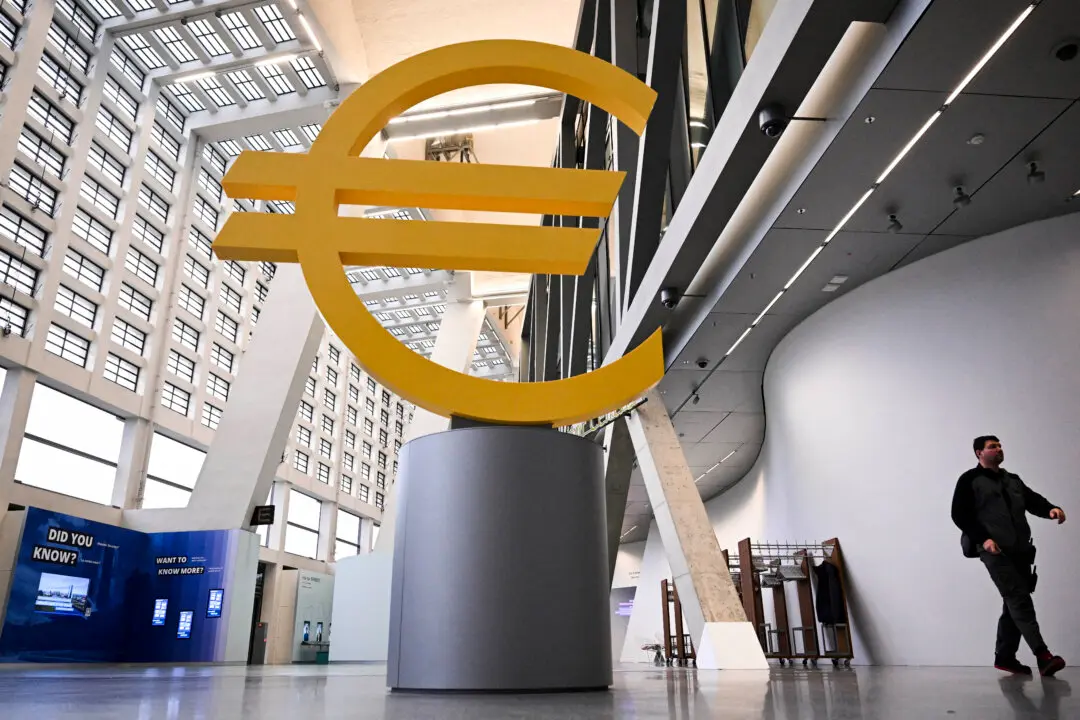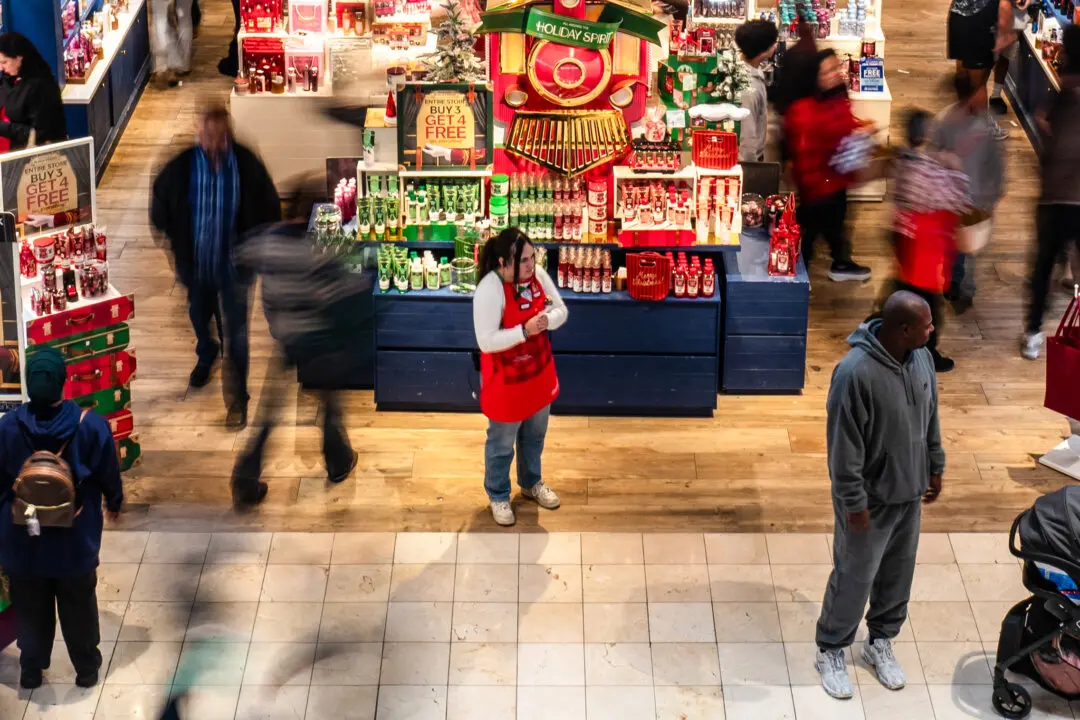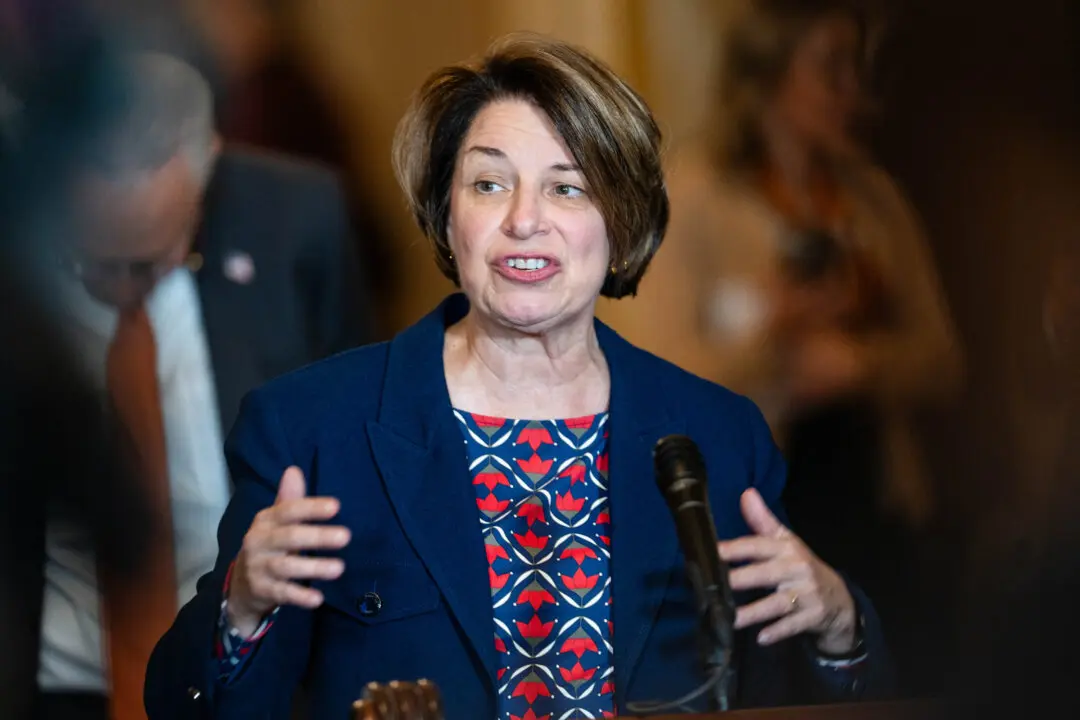A new report from marketing insights firm Acosta shows that consumers are feeling the bite of inflation and are responding by dining out less or choosing more affordable restaurants and meal options.
In its foodservice-specific research report based on online surveys of shoppers, Acosta found that 54 percent of U.S. consumers were dining out less frequently due to inflation.





